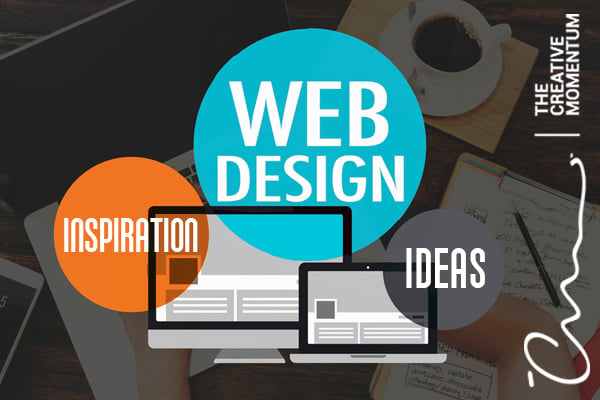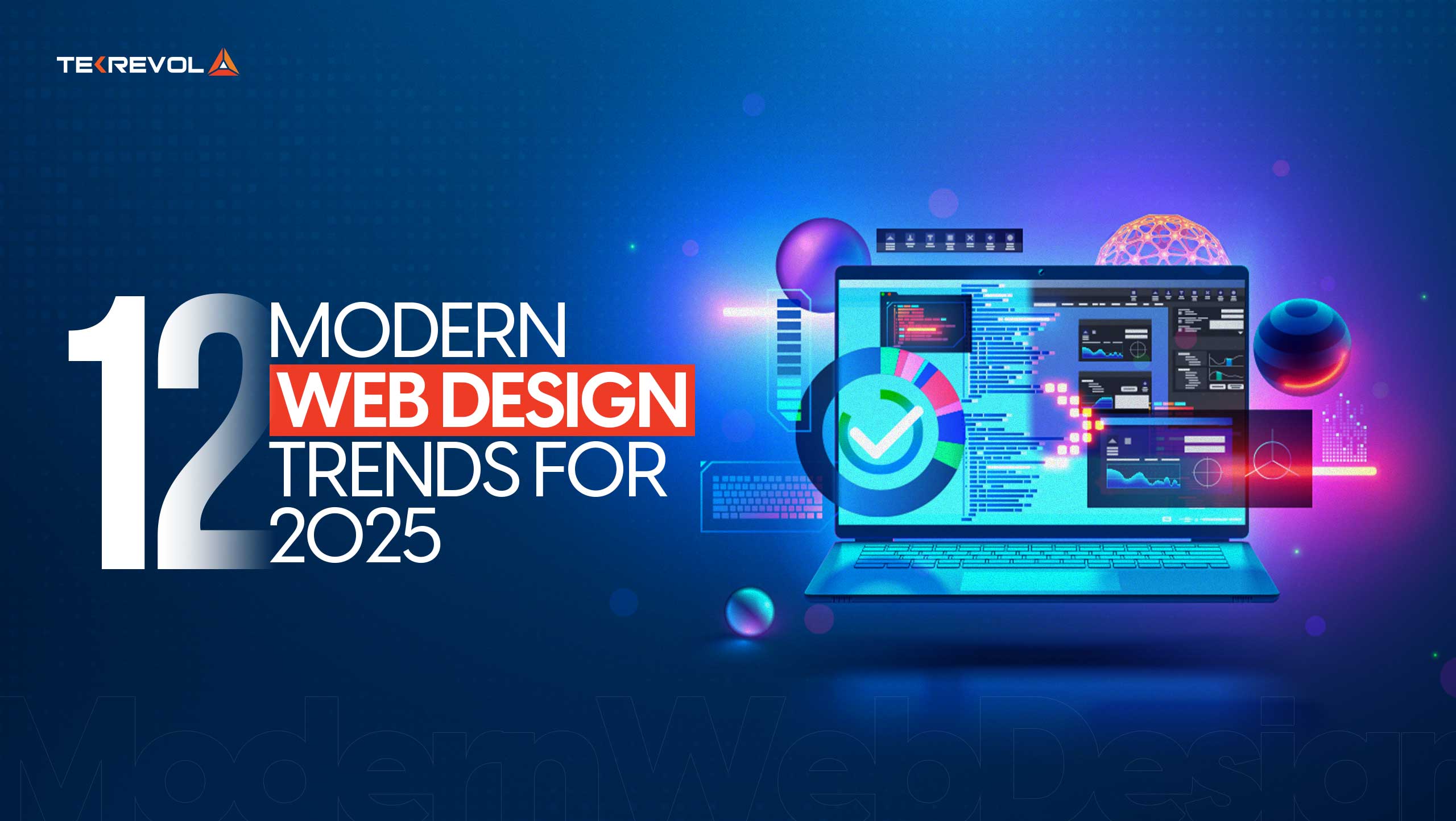The Most Effective Sorts Of Website Design to Improve User Experience and Involvement
In the ever-evolving landscape of digital communication, the performance of website design substantially impacts individual experience and engagement. Numerous design strategies, such as minimalist, receptive, and interactive formats, each deal one-of-a-kind advantages that can deal with diverse user demands. Understanding which kinds of Web layout finest serve these objectives can be crucial for businesses aiming to enhance consumer contentment and retention. Nevertheless, the concern continues to be: which layout elements truly resonate with customers and foster significant involvement? The exploration of these principles exposes essential insights that might redefine your approach to Web design.
Minimal Website Design
As electronic landscapes come to be increasingly messy, minimalist website design has actually arised as an effective method to improving user experience. This design ideology focuses on simpleness, concentrating on crucial aspects while getting rid of unnecessary disturbances. By using enough white room, simple navigating, and a restricted color scheme, minimalist design cultivates quality and directs user attention to vital web content.
The core concept of minimalist Web layout is to create a smooth interaction for users. By reducing cognitive lots, individuals can swiftly realize info without feeling bewildered. This direct approach not just improves use however also urges interaction, as site visitors are more most likely to explore a website that is very easy and visually enticing to navigate.
In addition, minimalist design usually emphasizes typography and imagery, using these aspects purposefully to share messages effectively. In essence, minimalist Web style is not simply a fad; it is a thoughtful methodology that acknowledges the relevance of user-centered layout.
Receptive Web Design
In today's diverse digital environment, responsive website design has actually become necessary for developing a smooth customer experience throughout a multitude of devices. As users access sites on mobile phones, laptop computers, tablet computers, and desktop computers, the capability of a web site to adjust its design and content to different display dimensions and resolutions is critical.
Receptive website design employs adaptable grids, photos, and CSS media inquiries to guarantee that Web material is offered efficiently, no matter the device made use of. This strategy not only enhances the aesthetic charm of a site but also significantly boosts functionality. Individuals are more most likely to involve with a site that offers a regular experience, as it gets rid of the disappointment of having to focus or scroll excessively.
Moreover, search engines, consisting of Google, prioritize mobile-friendly internet sites in search positions. By adopting receptive style, businesses can boost their exposure and get to a wider target market. This method also streamlines site upkeep, as a single variation of the site can provide to all devices, lowering the need for numerous variations. In summary, receptive Web layout is a fundamental technique that enhances individual experience, engagement, and general complete satisfaction.
Interactive Website Design
Responsive Web style lays the foundation for boosting user experience, however interactive website design takes this a step even more by engaging customers in an extra vibrant way - Aligned Position Web Design. By integrating aspects such as computer animations, clickable click for more models, and real-time feedback, interactive Web design mesmerizes individuals, attracting them right into a richer surfing experience
This approach not only fosters engagement but likewise motivates individuals to discover material proactively instead of passively eating it. Strategies such as gamification, where users earn rewards for completing tasks, can substantially boost the moment invested in a website and enhance general fulfillment. Interactive features can simplify intricate details, making it a lot more satisfying and digestible.

Including interactive design aspects can also result in greater conversion prices, as users are most likely to engage with a site that proactively entails them. Aligned Position Web Design. Ultimately, interactive website design changes user experiences into remarkable trips, making sure that site visitors return time and again
Apartment Layout
Characterized by its minimalistic method, flat style highlights simplicity and performance, removing away unneeded components and concentrating on crucial features. This design viewpoint prioritizes usability, guaranteeing that individuals can navigate interfaces easily and effectiveness. By utilizing a clean aesthetic, flat layout eliminates the mess usually located in extra luxuriant designs, consequently boosting individual concentrate on material and performance.
The trademark of level layout hinges on its use vibrant shades, basic typography, and geometric forms. These components add to an aesthetically appealing interface that is both approachable and modern-day. Furthermore, flat design cultivates a feeling of clearness, allowing customers to determine essential actions and information without disturbance.
Furthermore, level layout is specifically reliable in receptive Web design, as its simpleness equates well across numerous gadgets and display over at this website dimensions. The absence of complex structures and slopes lessens loading times, which is critical for preserving user involvement. As digital landscapes proceed to evolve, level design continues to be a relevant selection for creating straightforward sites that boost general experience. By concentrating on vital attributes, flat layout not only satisfies customer requirements yet also motivates smooth interaction, making it an essential component of efficient Web design methods.
Flexible Web Layout
Flexible Web layout customizes the user experience by producing several taken care of formats customized to various display sizes and gadgets. Unlike receptive layout, which fluidly readjusts a solitary format, flexible layout uses unique designs for specific breakpoints, guaranteeing optimal presentation on different platforms. This technique enables designers to focus on the special features of each tool, boosting functionality by providing exactly what individuals need based on their context.
One of the key benefits of flexible Web design is its capability to enhance tons times and performance. By offering customized material and pictures that fit the customer's device, websites can decrease information usage and improve loading speeds. This is specifically advantageous for users with slower links or minimal data plans.

In addition, adaptive style facilitates a much more regulated and consistent branding experience. Considering that developers create several formats, they can ensure that the visual components align with the brand name's identification throughout different platforms - Aligned Position Web Design. This leads to a natural user experience, boosting involvement and advertising customer retention
Conclusion
Minimal style promotes clarity and focus, while receptive layout makes sure versatility across various devices, advertising access. Jointly, these style approaches contribute to the creation of user-friendly settings that not just enhance complete satisfaction but also drive higher conversion prices, emphasizing their important value in contemporary Web style techniques.
Minimal style cultivates quality and emphasis, while receptive design makes sure flexibility across various gadgets, promoting availability. Jointly, these style comes close to contribute to the development of straightforward settings that not just enhance fulfillment yet likewise drive higher conversion rates, highlighting their important value in contemporary Web design strategies.